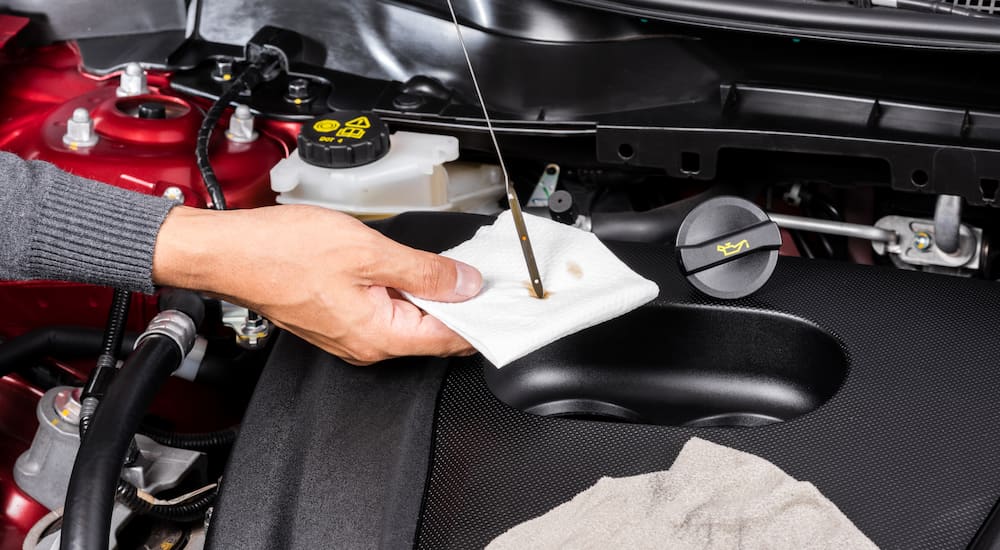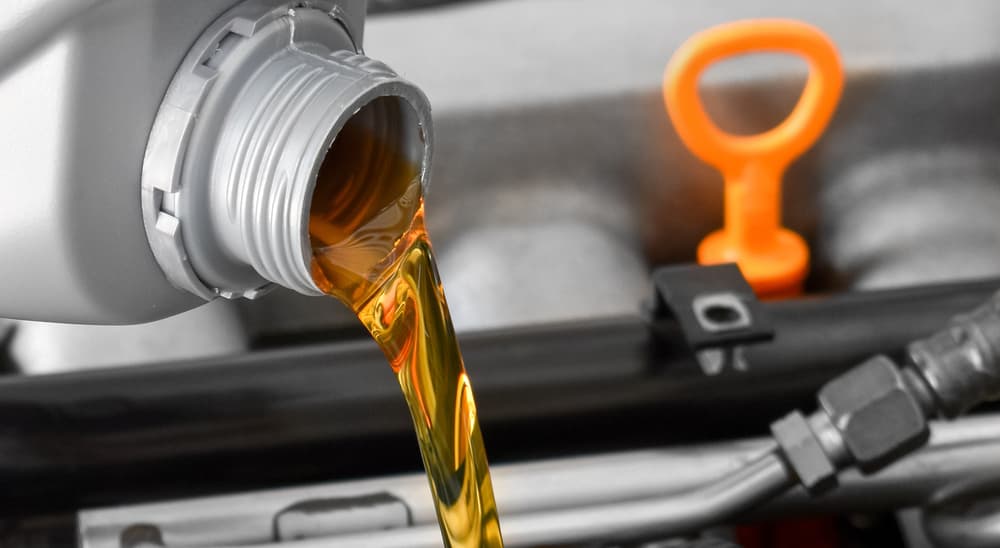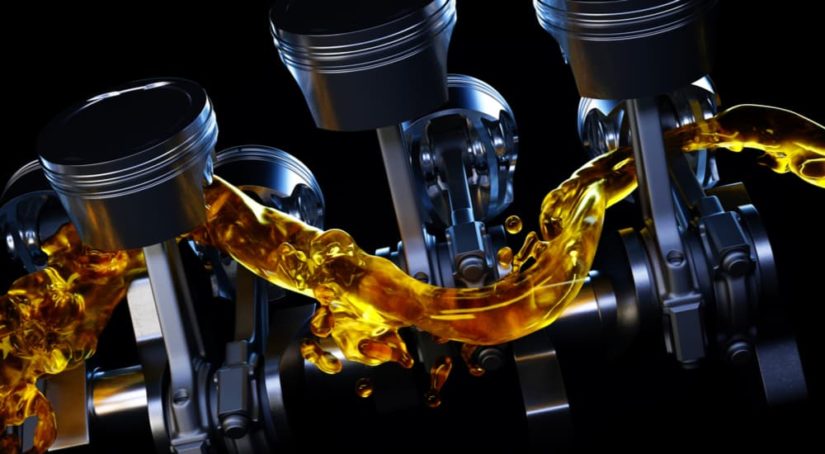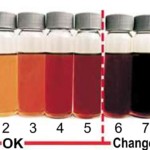One of the first things you will want to do after buying a car is search “oil change near me” in Google. While you might not be thinking about maintenance as you enjoy your new ride, an oil change is not only a good idea to keep your car running longer, it can also tell you a lot about its condition. This is particularly true if you bought a used car as it can give you some idea of how well it has been maintained and if there are any potential problems lurking under the hood. However, brand-new cars can also benefit from an early oil change to help keep things running smoothly as you break in the engine and provide you with a baseline to compare against for future oil changes.
An Early Oil Change Is a Long-Term Investment
When a new car is built, the engine is put together with special fluids to keep it clean and lubricated before it is fully assembled and the engine oil is added. Further, the components in a new engine will wear together during the break-in period, producing small metal shavings that get washed away by the engine oil. Modern manufacturing techniques are precise enough that none of this is likely to damage the engine, but an early oil change after the break-in period is still a good way to flush the engine clean and set it up for a long life. This first oil change should generally be performed around 1,000 or 2,000 miles.
If you are buying a used car, the first oil change can be even more important. If you bought your car from a reputable dealership, then the odds are that they performed an oil change before selling the vehicle. However, there is no reason not to change the oil yourself to ensure the car has fresh, high-quality oil. If you bought from a private party, then getting a quick oil change is even more important since you have no guarantees about the oil currently in the car. Making sure the vehicle has the right oil in it is vital to getting the most life out of any engine, and you shouldn’t wait until a full oil change interval has passed.
No matter where you bought your car from or how old it is, the first oil change is also an important chance to get a snapshot of your car’s mechanical health. Oil flows throughout your engine, lubricating its many moving parts and flushing away debris. This means that looking at the oil gives you insights into what is going on inside your engine without having to disassemble the engine and check the insides. Simply eyeballing the color of the oil can catch some major problems, but for a detailed bill of health, you may want to send a used oil sample to a professional oil analysis service.

Engine Oil Color Is Important
If you have never changed your own oil, you might imagine that it is a dark black, tar-like substance. However, fresh engine oil is actually a golden-brown liquid that pours easily. Modern engine oils are quite thin to be able to adequately lubricate engines built to tight tolerances––a thick oil would be unable to get to all the small parts in an engine, leaving them unprotected from wear. As the oil flows through the engine, it picks up contaminants and starts to change color. This is unavoidable and is actually proof that the oil is doing its job of keeping the engine clean. But what color the oil is when you perform an oil change or look at the dipstick can tell you a lot about the health of your engine.
Golden Brown – This is fresh oil that has barely been used. If the oil in your engine is this color, it has recently been changed. Ideally, any car you buy should have this color of oil when you drive it off the lot. However, this also means that the oil has not been in the car long enough to tell you anything about the engine’s health. In that case, it is best to give a new car a thousand miles or so for the oil to flow through the engine before examining it in more detail.
Dark Brown – This is the color you should expect for used engine oil. It has been doing its job of cleaning out the engine and its color has changed, but there are no obvious problems with the oil. However, it should be remembered that it isn’t possible to tell when oil should be changed by looking at the color alone. Dark brown oil could still be doing its job just fine, or it could have broken down already and be providing minimal lubrication––what this color tells you is that there are no major problems.
Black – If your oil has reached the point where it looks black rather than dark brown, then it likely needs to be changed. Black oil, especially oil that has become thick and sludgy, is a sign that the oil has been in the engine for an extended period of time or has become contaminated with excessive amounts of dirt. If you buy a car with black oil, get it changed immediately and keep an eye on the color during the next oil change.
Cream – Oil that looks milky or whitish is a sign that it has been contaminated with water and needs to be changed. This generally is a sign of larger mechanical problems, usually a bad head gasket that is leaking coolant into the engine. These are the types of problems that only get worse with time, so make sure to take the car to a certified mechanic for a proper diagnosis rather than simply putting new oil in and calling it a day.

But Color Alone Is Not Enough
The color of your engine oil can be a quick way to get an idea of what is going on inside the engine of your car. However, oil color alone is not enough to really understand the full condition of your engine. To get a more detailed picture, consider sending an oil sample in for professional analysis. There are a variety of companies that will perform this service for a reasonable price, including Polaris Labs, Blackstone, and WIX, providing you with an easy-to-use mail-in kit and full analysis report. These services can help catch problems long before they reach the point where the issue starts changing the color of your engine oil. This is especially true if you send in samples regularly, such as with every oil change, giving you historic data to compare against.
You don’t have to go so far as to pay for professional oil analysis for your car, but keeping an eye on the quality of the engine oil is an important part of caring for your vehicle. This is especially true if you have just bought a new vehicle and are not yet fully acquainted with its ins and outs. Checking the color of the engine oil is something that you can do from the very first oil change or even during the car-buying process. It may not catch every problem, but it could save you from buying a bad car or allowing a minor mechanical problem to get out of control.



